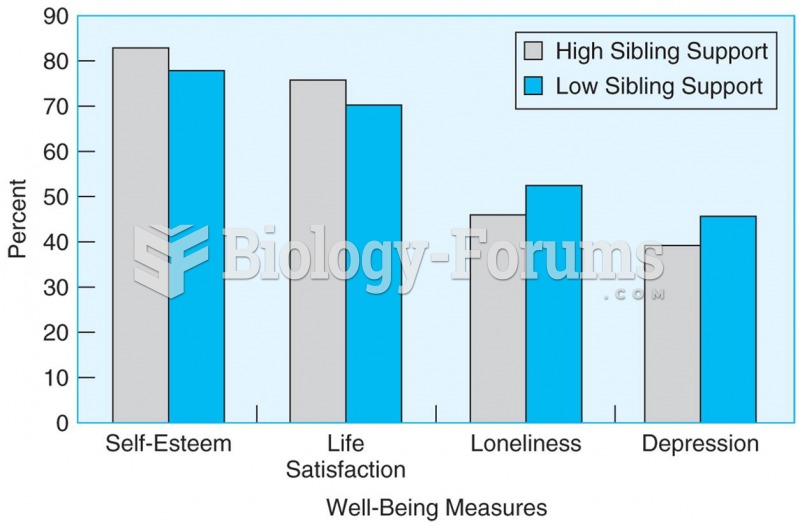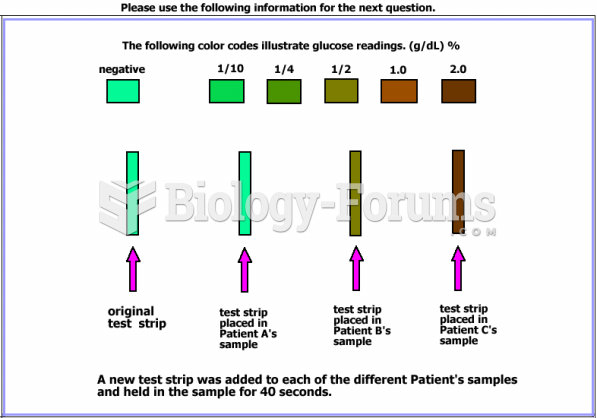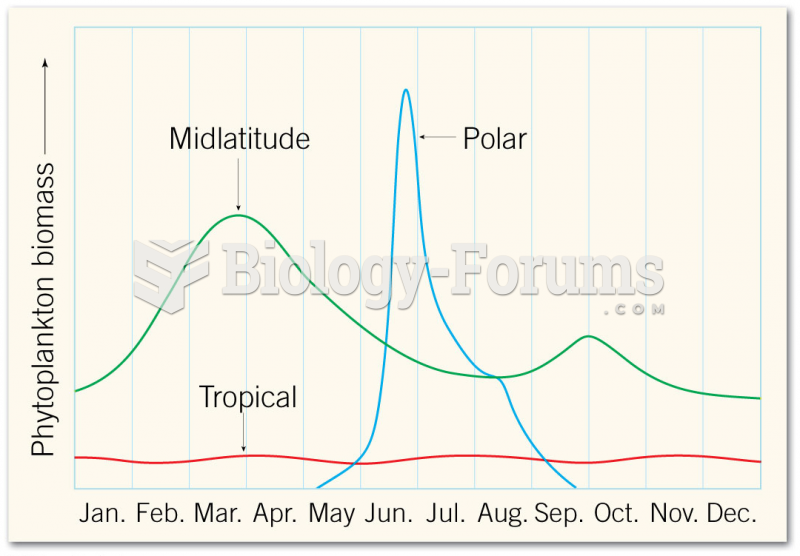|
|
|
The B-complex vitamins and vitamin C are not stored in the body and must be replaced each day.
Cytomegalovirus affects nearly the same amount of newborns every year as Down syndrome.
Nearly 31 million adults in America have a total cholesterol level that is more than 240 mg per dL.
Side effects from substance abuse include nausea, dehydration, reduced productivitiy, and dependence. Though these effects usually worsen over time, the constant need for the substance often overcomes rational thinking.
Certain topical medications such as clotrimazole and betamethasone are not approved for use in children younger than 12 years of age. They must be used very cautiously, as directed by a doctor, to treat any child. Children have a much greater response to topical steroid medications.







